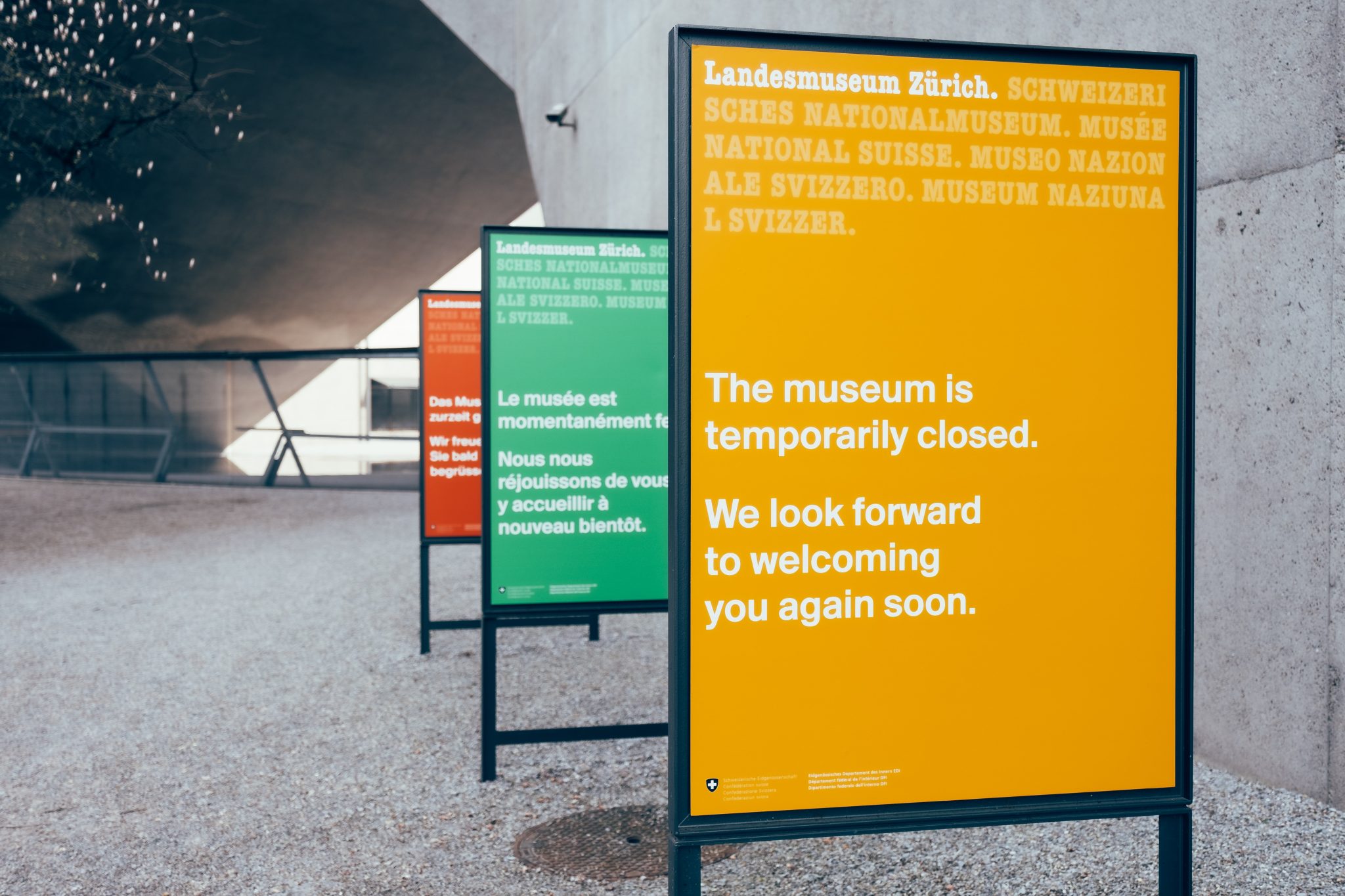Translations aren’t just for showing off on holiday – ‘uma limonada, por favor’ – they can help businesses connect with global audiences, open new markets and build brand loyalty.
And whilst a phrasebook might help you on your travels, businesses need something more robust to ensure they’re really speaking the right language. After all, no one wants to repeat the costly mistakes of brands like Nike.
Even if the market you’re speaking to uses English as a second language, speaking your audience’s local tongue can be hugely beneficial when it comes to ensuring you’re communicating the right message and showing empathy and respect for their culture. Great translations go much further than simply being ‘correct’. They encourage emotional connection to your messages, showcase inclusivity and help your audiences feel valued.
But don’t just take our word for it. CSA Research conducted a survey of 8,709 global consumers in 29 countries in Europe, Asia, North and South America, uncovering some important statistics on the value of translation for global business.
11 facts about translation and localisation you need to know
1. 40% of respondents will not buy from websites in other languages.
2. Even 60% of those with strong English literacy favour having customer care in their own language.
3. 75% of respondents say that they’re more likely to purchase the same brand again if customer care is in their language.
4. 76% of respondents will choose the product/website with information in their language.
5. 56% of the respondents in the study said that the ability to obtain information in their own language is even more important than price.
Another study by 90 seconds found that:
6. Content that is locally targeted has six times more engagement than posts that were designed for the global market.
7. 49% of marketers surveyed said that geo-targeting gives the highest return on investment when it comes to advertising.
8. 86% of the localised advertising campaigns outperformed the English campaigns in both click-throughs and conversions.
And at Comtec our customers have seen results including:
9. 23% improvement in global page views.
10. 18% increase in the number of website visitors across all languages.
11. 36% rise in the number of pages viewed per visitor.
But before we dig into more helpful tips for things like picking a translation partner and what the translation process looks like, let’s touch on localisation. You might have heard this term before or seen it being used interchangeably with ‘translation’. Localisation takes translations one step further. Rather than simply swapping one word for another, localisation takes into account cultural cues, like local events and customs, nuances and colloquial terminology. Localisation not only changes the words but culturally adapts the content. This is vital when you want to build a strong relationship with your audience. At Comtec, localisation is our specialism. All our linguists are based in-country and are native speakers. That way, they have their finger firmly on the pulse of the culture they’re translating into and can avoid costly mistakes.
Okay, so now you have a better idea about why translation and localisation are so important. Let’s discuss what to look for in a translation partner.
8 tips for picking a translation agency

Your goals first
Think about what you want and need from a translation partner. Are you moving into a new market, working on international brand campaigns or planning a multilingual elearning programme? Is this a one-off, or do you want a long-term partner? Share these plans and thoughts with prospective translation agencies and ask about their relevant experience.
Request for proposal
Different agencies offer various kinds of proposals; ask around to see what they suggest. At Comtec for example, we’ll sometimes offer a free translation evaluation or short sample alongside a proposal, so you can be confident about our skills and what we offer.
Access to native speakers
Make sure your translation partner uses native speakers, preferably situated in-country. Knowing ‘the right words’ isn’t enough. A translator who understands the culture and local subtleties is better placed to deliver high-quality translations.
You might also ask the translation provider to share profiles of their linguists; these will allow you to understand not only their experience in their given language, but also any skills that are relevant to your business and industry.
Technical capabilities
Nowadays, content and translation are very much tech-dependent. Find out if your prospective partner is up to speed with AI, MT and automations. These tools help agencies keep up with larger volumes and fast turnarounds. But a word of caution: make sure they are using this technology with and not instead of brilliant human translators. Get a better insight into translation technology here.
Quality assurance
Speaking of quality, make sure you are working with a translation partner that has robust quality assurance procedures. Look out for ISO 9001:2015 and ISO 17100:2015, two of the certifications that Comtec holds. These certifications are reviewed every year and indicate the highest possible industry standards – giving you peace of mind.
Flexible processes
You need a partner who can adapt to your processes and become an extension of your team. Speak to prospective partners about how they will work with you to manage the review process and any technology that might streamline the project.
A great translation provider will tailor their processes based on what you need. They should reduce and not increase your workload or the time and energy spent on translations.
A translation partner you can see a future with
A great translation partnership goes beyond the words on the page: a partner should understand your larger business goals and use their specialism to help you get there. Make sure you pick an agency that looks at the bigger picture and is there to support and enable, not just translate, deliver and repeat. It’s also important to ensure your values are aligned: a partner should feel like an extension of your team – so make sure it’s a good fit.
What is the process of translation?

The process of translation can be broken down into three steps: immersion, translation and quality assurance.
Immersion
Spending time setting up your project the right way will save time and headaches down the line. This includes covering the basics, like setting expectations, establishing key stakeholders and agreeing deadlines.
It also involves understanding your brand better, for example, your tone of voice, style guides and anything else your translation partner might need to know. If you don’t have a style guide, your translation partner should be able to help you create one.
During the kick-off, you’ll also work with your partner to set up any local review teams. If you have colleagues working in-country, they can be a great source of insight for your brand within that market – particularly if they’ll be the ones rolling out the project. They must be briefed properly, to understand roles and responsibilities and feel included in the process.
Translation (and ongoing reviews)
Now we’re into the heart of the project. With the help of your translation partner, you’ll be balancing feedback and reviews on your translation and moving between editing, design and delivery. Here are our tips to streamline the process.
Make assets editable
If you’re creating any collateral, such as images, videos or documents, make sure they can be edited by your translation team. Ensuring they are editable from the get-go saves back-and-forth and unnecessary costs.
Prepare source material
Having source material translation-ready can make the entire process much smoother. Think about leaving extra space for languages that might be lexically longer, avoid using jargon or jokes that might not work in another culture and be mindful of images or themes that might mean something different in another culture (like the colour red). Don’t worry – your translation partner can help navigate any such elements, but it can save time to think about this proactively.
Consider asking a local reviewer to check the source content for these sorts of red flags before sending them to your translation partner.
Share feedback
Don’t be shy about providing feedback, be that on the translations or the process itself. Ongoing feedback helps make sure your partner understands what you need and want from your translations. This also includes getting input from local reviewers if you’re using them.
Quality assurance
If you’re working with a certified translation agency, they should have a robust QA procedure. This helps ensure every translation is word-perfect. The technology your partner uses can also help streamline this process and make providing and actioning feedback straightforward. You should also ask your local reviewers to give feedback on the final translation to make sure everything is just right.
Why translation is worth it

Translation and localisation can be transformative for businesses and brands wanting to connect with a global audience. There are plenty of ways you can use translation but here are three that we see a lot.
Global brand campaigns
If you’re an agency working with an international client, you’ll want to translate campaigns, slogans and even websites into the first language of your audience. Understanding the translation process, and having a reliable translation partner, will allow you to work more confidently with global brands.
Translation, or transcreation, can help make sure you’re engaging audiences for the right reason around the world. Brands like McDonald’s do a brilliant job at ‘glocal’ marketing, adjusting everything from their ads’ content to their tagline to build better connections with their audience.
If you’re interested in finding out more about translating this kind of work, take a look at our blog: Creating emotion-driven marketing campaigns across cultures.
Working with international clients
For elearning companies, translation can open the door to international clients or clients with an international workforce. You’ll be far better equipped to create learning programmes that not only speak the right language but understand cultural nuances and integrate them into the learning process.
Unlocking new markets
Taking a brand overseas, or expanding into a new market, may feel like venturing into the unknown, but a good translation partner can help make sure you make a great first impression.
Language is often a part of a company’s globalisation strategy, and for good reason. Aston Business School researcher Ankita Tibrewal found that SMEs making use of language capabilities are 30% more successful in exporting than those who do not. But you must get your translations spot on. Having poor translations can be just as damaging for your business as not having any at all. Make sure you follow our tips for picking the right partner to ensure you’re noticed for the right reasons.
We’ve created a free-to-download guide to support your next steps in your translation journey. It’s packed with tips and advice!
For further info on how we can help you with your translation queries or requirements, please give our friendly team a call on +44 (0) 1926 335 681 or email info@comtectranslations.com. We’re always happy to talk translation!
